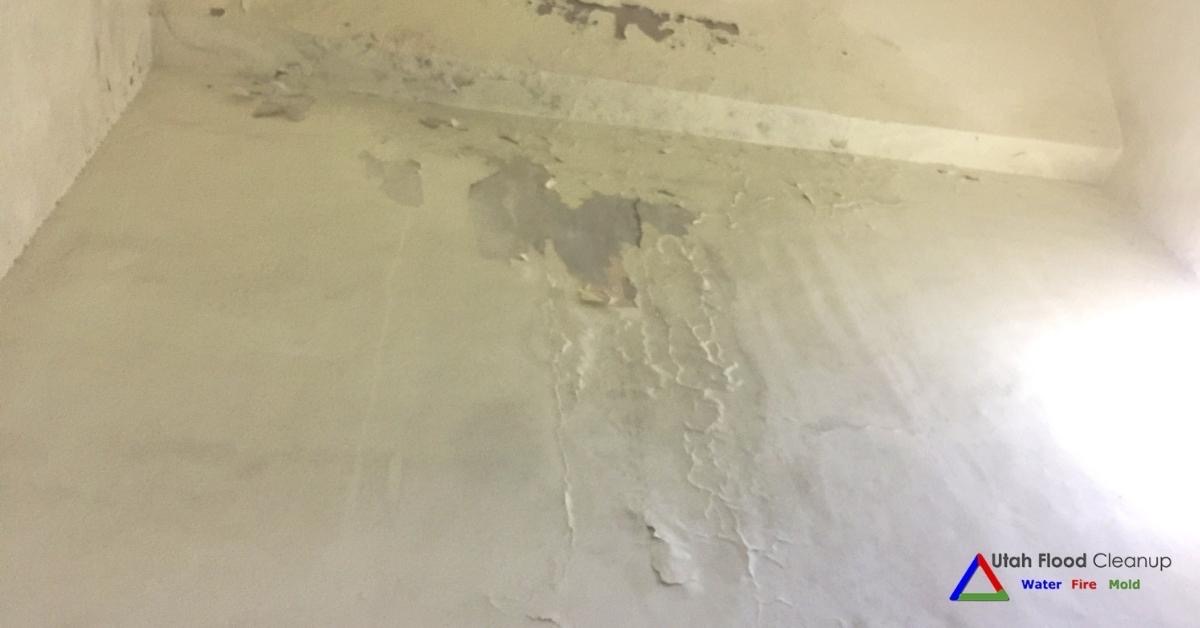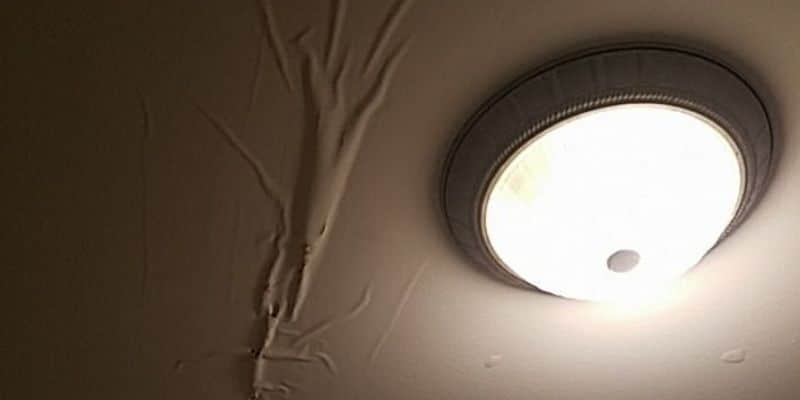Clearing Water Marks - Complete Wall Stain Checks And Repairs
Clearing Water Marks - Complete Wall Stain Checks And Repairs
Blog Article
We have found this post relating to Water Stains on Walls listed below on the net and reckoned it made perfect sense to share it with you over here.

Water discolorations on walls are not enjoyable to the eyes. Often it appears practically inescapable to experience water discolorations on walls in houses.
Home owners living in damp areas regularly handle the worry of water stains on walls. That does not have to be the situation for you. With exact as well as all-round information on the sources of water spots as well as prompt repair procedures, you will certainly constantly be a step ahead of such occurrences. So, this write-up assures to be a practical guide for you.
3 Usual Root Causes Of Water Stains on Wall Surfaces
As opposed to common belief, water spots on wall surfaces do not constantly stem from inadequate building products. There are a number of reasons for water discolorations on walls. These consist of:
Poor Drainage
This will certainly avoid water from permeating into the wall surfaces. This links to extreme wetness that you observe on the wall surfaces of your building.
The leading cause of damp walls, in this situation, can be an inadequate drain system. It can additionally be due to bad management of sewage pipelines that go through the building.
Moist
When warm damp air meets completely dry cold air, it triggers water beads to form on the wall surfaces of structures. This occurs in bathrooms as well as cooking areas when there is steam from cooking or showers. The water droplets can discolor the bordering walls in these parts of your home as well as spread to other locations.
Damp or condensation affects the roofing and also wall surfaces of buildings. This causes them to show up darker than various other areas of the house. When the wall surface is wet, it creates an appropriate setting for the growth of fungi and also microbes. These may have negative effects on health and wellness, such as allergic reactions and also respiratory disorders.
Pipe Leaks
A lot of houses have a network of water pipes within the walls. It constantly raises the feasibility of such pipelines, as there is little oxygen within the walls.
A downside to this is that water leakage influences the wall surfaces of the building and creates extensive damage. A dead giveaway of malfunctioning pipes is the appearance of a water tarnish on the wall surface.
Water Stains on Wall: Repair Work Tips
When dealing with water spots, property owners would generally desire a fast fix. They would quickly understand this is disadvantageous as the water spots repeat. Here are a couple of practical suggestions that will lead you in the repair service of water spots on walls:
Pro Pointer
A houseplant in your house also boosts its humidity. So, if your home is already moist, you may intend to introduce houseplants with minimal transpiration. An example of ideal houseplants is succulents.
Conclusion
Although nobody wants to have water spots on walls in their residence, it can happen to the most effective of us. This short article provides you leverage, as you now understand just how to handle this incident if it does take place.
It is always best to hire specialist services to assist deal with the damages in your house.
Occasionally it seems practically inescapable to experience water discolorations on walls in homes.
Contrary to prominent idea, water stains on walls do not constantly stem from inadequate building materials. There are a number of reasons of water discolorations on walls. The water droplets can discolor the bordering wall surfaces in these parts of your house as well as spread to various other locations.
Here are a few valuable pointers that will certainly lead you in the repair of water stains on walls:
CHECKING FOR WATER DAMAGE
Water damage can be costly, and it may begin before you even notice the first signs of trouble. Water damage can cause mold and mildew in your walls and floors, which can create an abundance of health concerns for your family. It can also lead to costly repairs of various appliances and general home fixtures. To avoid the pricey consequences of water damage, here are Warner Service’s top 5 places you should check:
The walls – The easiest place to spot the beginnings of water damage is on the walls and ceilings of your home. If water damage is present, there will most likely be water stains, especially around the windows and doorframes, and/or cracks in the drywall. If a stain looks unusual (discolored to brown, black or gray, raised texture), has a swollen appearance or is soft to the touch, contact a professional immediately. The pipes – To avoid water damage, consistently check the pipes in your kitchen (especially the dishwasher and ice maker), bathrooms, laundry room (specifically washing machines) and basement for corrosion, leaks and water stains. Pay special attention to where the pipes connect in your home and the location of caulking around the bathroom fixtures, including toilets, sinks, showers and tubs. Missing or loose caulking and grout could be signs of leaking water. This seepage can also quickly cause mold and rust, so double check your water heater and tank for wet spots on the floor. The floor – Water damage is very easy to spot on the floor. Look for any warping or buckling of the material, especially in the basement. If your home has wood flooring, look for bright white or dark stains. If your home has carpeting, keep it dry and clean. A damp carpet that smells of mold could cause water damage and health problems. To avoid this, consider installing floor pans under your appliances to help prevent damages from small, slow and undetected leaks. The basement and attic – If your basement or attic smells odd check for mold and mildew around the area, especially the valley where the roof meets. While you are inspecting those areas, check for wall cracks, floor stains, rust and dampness in the insulation. If you live in a colder and/or rainier climate, perform routine checks for water damage from melting snow or ice and rain. The exterior – Check the roof for damaged flashing and missing, cracked or curled shingles. There should also be no standing water anywhere outside your home. This could be caused by puddles, leaky rain gutters or hoses, poor drainage, or short gutter spouts. Invest in a sump pump system or water flow monitoring system, and perform routine maintenance on these outdoor appliances to avoid indoor water damage.

I discovered that blog posting on How to Remove Water Stains from Walls and Ceilings while looking around the internet. Enjoyed reading our blog entry? Please share it. Help other people check it out. I value reading our article about .
Request An Appointment
Report this page